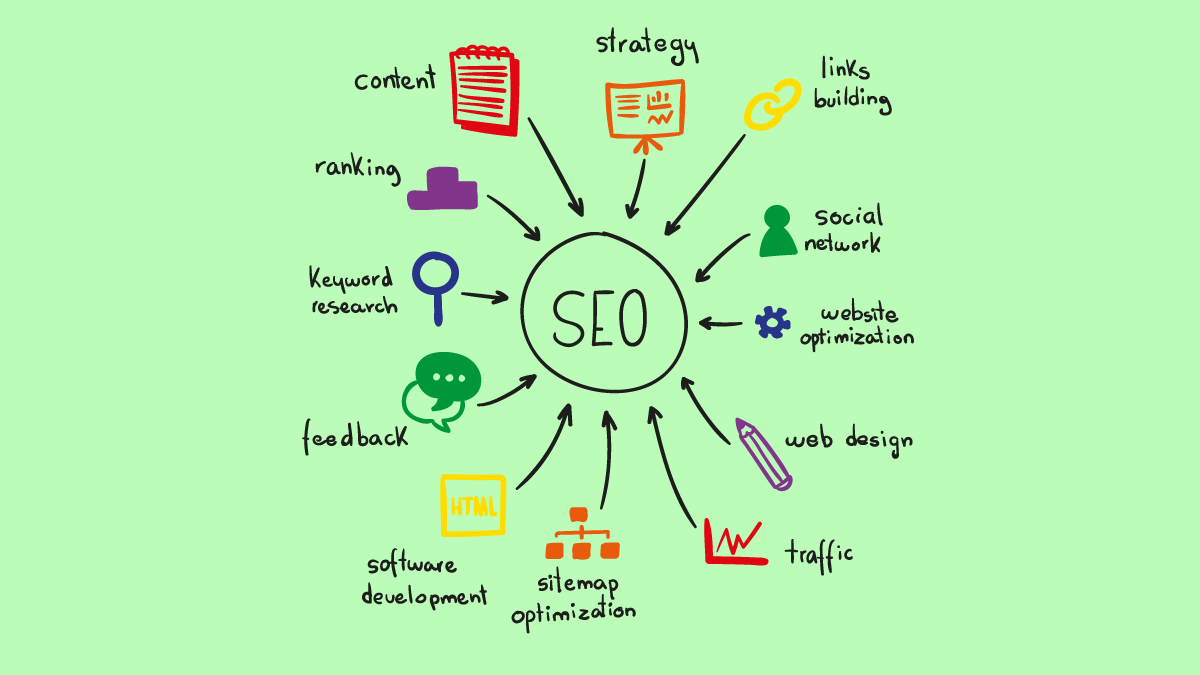As a digital content creator or website owner, the popularity of the work of your hands means success. The more known it is to people the more it gets accessed.
Whether you are trying to pass across an important message or you are in it for the income, this is beneficial to you. Therefore, you have to strategize and come up with techniques that will make your work the first to pop up when people search on the internet.
You have to devise means to increase the traffic flow to your site. All this can be summed up into the phrase, “Search Engine Optimization (SEO)”. Click here for more details. With that said, here are a few things worth knowing about SEO.
What does it entail?
It basically refers to the process of making your work easily recognized and given preference by search engines.
This means that when a user types in some words on their browser and clicks on the search button then your page will be among the first to be displayed on the long list available. This increases the chances of the user visiting your page.
As such, it not only satisfies the engine’s requirements but also the customer’s needs. This can be done through a number of ways most of which are outlined below. See this link to know some uses of SEO https://www.lyfemarketing.com/blog/seo-benefits/
Techniques used
They can be categorized into two categories as shown below.
On-site SEO
It deals with what is on the page including the architecture of the site and performance. They include:
- Use of keywords
These are words that are popular among users and are bound to be in their search phrases. When a query is performed, results that match what is surfed for or close to it will be returned.
Thus using keywords will raise the probability of your page being on top of the list. Though, one should take care to avoid overusing them as this will lead to penalization.
Aim to have at least one in the title since this is the beginning of your document and the consumer will use it to judge the rest of the material before reading.
- Production of relevant content
The first step is usually to identify the target audience and study them. The next is to make content that is relevant to them in terms of satisfying their needs and being in line with their interests. Great content will directly increase the number of people streaming in to use your services. Remember to regularly update the content to address the current issues and trends. Irrelevant pages are ranked lowest by engines and sometimes might not even be displayed.
- User-friendliness
In terms of both language and ease of use, it should be user-friendly. Otherwise, people will visit only once and never come back again. It should be designed to allow fast access to information without much effort. This will be determined by the organization and arrangement of content within the page. Use scrollbars to enable smooth flow and access to data at the bottom parts.
- Great performance
As opposed to poorly functioning sites, those that function well attract lots of consumers and end up boosting their rankings on search engines.
The performance is influenced by factors such as organization of code and technologies used. Aim for clean and efficient code that is adaptable to a variety of platforms.
The use of Responsive Web Designs for instance will make sure that it is properly displayed on different types of devices. Put the secondary type of code on external files to enable fast loading of the page.
Off-site SEO
This deals with factors that affect the site indirectly. They include:
- Social media marketing
Social media platforms provide a robust means of marketing your content to increase inward traffic. It allows you to reach large masses of diverse demographics hence widening your market.
- Site-linking
You should link your page to those that are relevant and high-ranking. This will earn you more customers indirectly and expand your network.
Conclusion
SEO is an essential part of web operations that both service providers and consumers should be aware of. It can partly be seen as a set of rules put across by search engines to help providers offer relevant services to their consumers efficiently thus benefiting both parties. Some people only focus on gaining the engine’s preference while neglecting the customer’s needs and this backfires in the long run. Proper optimization should cater to both.

